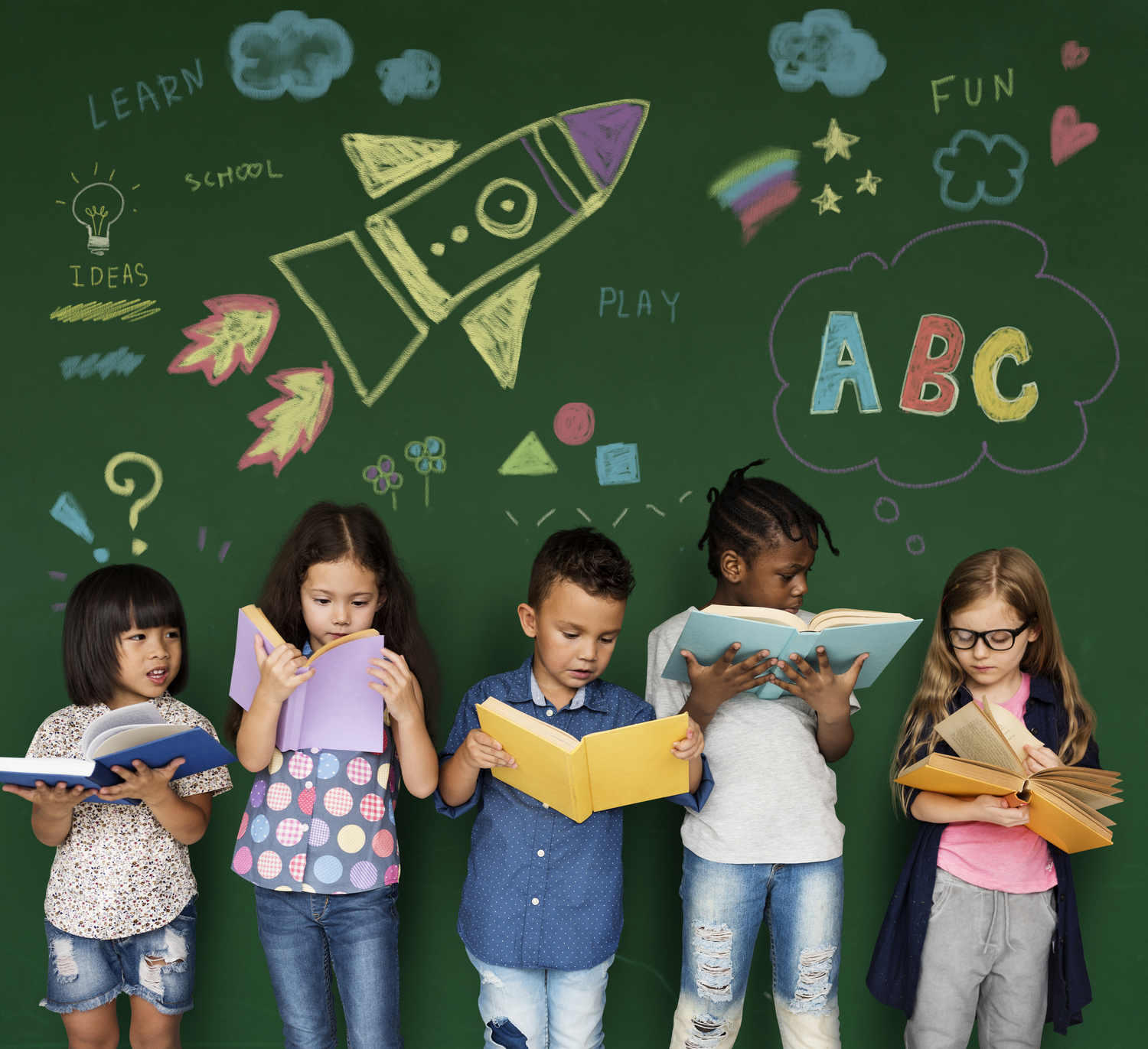In today’s world, raising a child to be globally aware is more important than ever. As technology connects us to people across the planet, our children are growing up in a world rich with diversity. But how do we introduce our children to different cultures in a meaningful and fun way? The key is to make learning about the world fun, engaging and a part of their everyday life. Here are some exciting, hands-on ways to introduce global cultures into your child’s learning—from books to food to celebrations and beyond.

1. Explore the World Through Multicultural Books
Books are magical; they can transport your child to faraway lands, introduce them to different traditions and spark curiosity about people and places they have never imagined. Choosing multicultural books is a fantastic way to weave global learning into their daily reading routine.
Start by picking stories that come from different parts of the world. For example, Mama Panya’s Pancakes can give them a glimpse of life in a Kenyan village, while Last Stop on Market Street celebrates diversity in an urban setting. These types of stories not only highlight diverse experiences but also foster empathy by teaching children about the joys and challenges faced by children like them across the globe.
Consider books written by international authors, as they provide an authentic window into their cultures. Books such as Dim Sum for Everyone! by Grace Lin or My Rows and Pilesof Coins by Tololwa M. Mollel offer fresh perspectives from the authors’ cultural backgrounds. Engaging with these diverse voices not only expands your child’s world but also celebrates the beauty of different traditions.
2. Cook Up Global Adventures with International Meals
There’s something special about food—it has the power to connect people, spark curiosity and share stories. What better way to introduce your child to new cultures than through their taste buds? Cooking international meals together can be an exciting way to explore the world without leaving the kitchen.
Start small. Pick a country each week, research a traditional dish from that culture, and make it together. If you’re focusing on Mexico, try making tacos or tamales, and talk about the ingredients commonly used in Mexican cuisine. If you’re exploring Japan, making sushi rolls or miso soup can be a great introduction to their food culture. While cooking, you can dive into conversations about where the food comes from, how it’s traditionally prepared and its significance in that country.
Making meals together isn’t just about the food—it’s a cultural experience. You can discuss the history of the dish, the customs surrounding it, and the role it plays in festivals or family gatherings. For example, while making Italian pizza, explain that in Italy, food is often central to family life and meals are meant to be savoured slowly, often with several courses. The possibilities are endless, and the food is delicious!

3. Celebrate International Holidays and Festivals
Celebrating global holidays is an easy and joyful way to bring international traditions into your home. While we may know major holidays like Christmas or Chinese New Year, many cultures celebrate festivals you may never have heard of but are rich in history and fun to learn about.
For example, Korea’s harvest festival known as Chuseok, similar to Thanksgiving, is a time for family reunions, ancestral rites, and sharing traditional foods like rice cakes. Children can participate in making the food and learning about family heritage. You may also consider exploring the Japanese celebration of Hanami, where people gather to admire cherry blossoms. A simple picnic under a tree could turn into a conversation about the beauty of nature and the significance of fleeting moments.
Don’t forget local events like Hari Raya and Deepavali! Many places hold multicultural festivals where you can experience different cultures firsthand. Attending these events can expose your child to traditional dances, music, foods and crafts from different cultures. It’s a fun, immersive way to embrace diversity and learn from the global community around you.
4. Introduce Language Basics in Fun Ways
Learning a new language can feel daunting, but for children, it’s an adventure. Even a few basic phrases in another language can open up a new perspective on the world.
Start with simple greetings in different languages—teach your child to say "hello" in French bonjour), Spanish (hola, and Chinese ("nǐ hǎo"). You could make it into a game where each day they greet family members in a new language. Apps like Duolingo or language-learning videos on YouTube can make the process even more fun and engaging.
Music is another fantastic tool for language learning. Sing songs in different languages, like Frère Jacquesin French or Arroz con Leche in Spanish. Songs are easy to remember and give children a sense of the language’s rhythm and flow. Plus, who doesn’t love a good sing-along?
Language basics help your child not only communicate but also appreciate the richness of other cultures. It’s a small step toward being a true global citizen.

5. Watch Foreign Films and Shows
Films and TV shows from other countries offer a unique lens into global cultures, allowing your child to see how children around the world live, play, and experience life. Find age-appropriate international movies or animated series that showcase different countries and customs.
Studio Ghibli’s films, such as My Neighbor Totoro, offer a glimpse into Japanese culture and landscapes, while shows like Llama Llama give insight into life in South America. After watching, take a few moments to talk about what your child noticed—Was the food different? How did the characters dress? Did they see any customs or traditions they weren’t familiar with?
Watching these films fosters curiosity and it’s an easy, screen-time-friendly way to bring other cultures into your home.
Introducing global cultures into your child’s learning doesn’t have to be complicated. Whether you’re cooking up an international meal, reading a book, celebrating a festival, or watching a foreign film, these experiences will expand their world and help them become more thoughtful, culturally aware individuals. By embracing global cultures in a fun and engaging way, you’re teaching your child the values of empathy, curiosity, and respect—qualities that will serve them well as they grow into global citizens.
Articles you may interested in:
- Electronic-free Games and Activities to Keep Children Engaged
- What Parents Look for in an International School
- Successful Learning at Home for Your Child: A Healthy & Holistic Guide


































